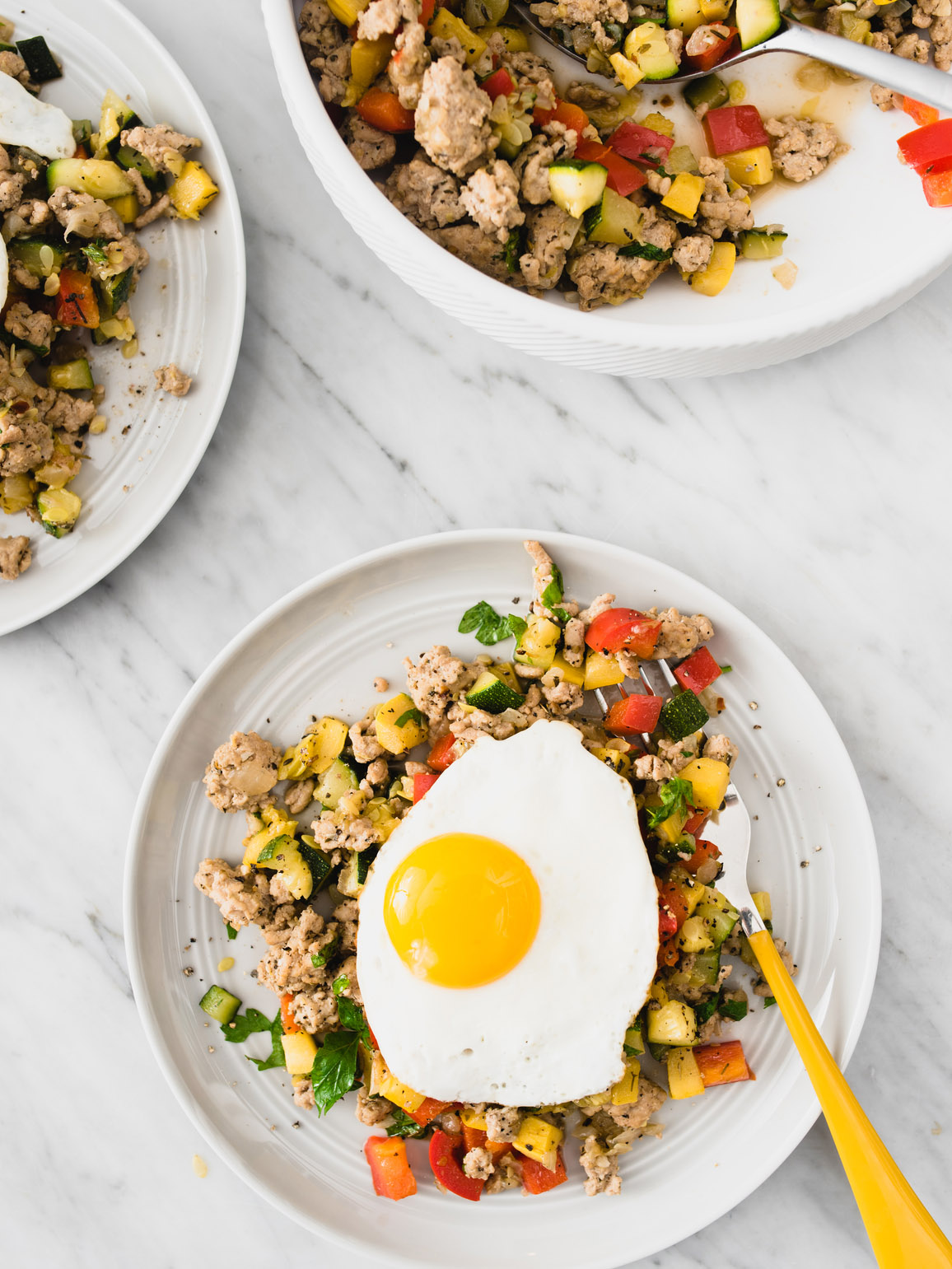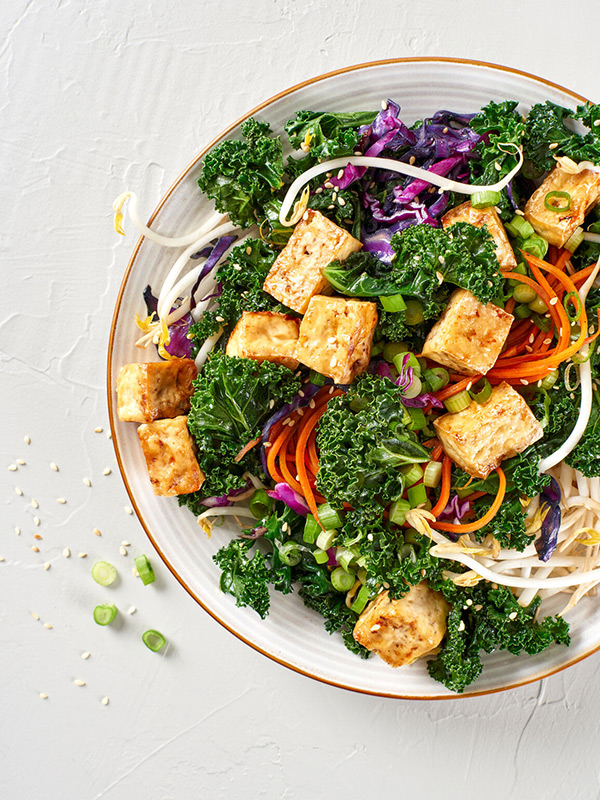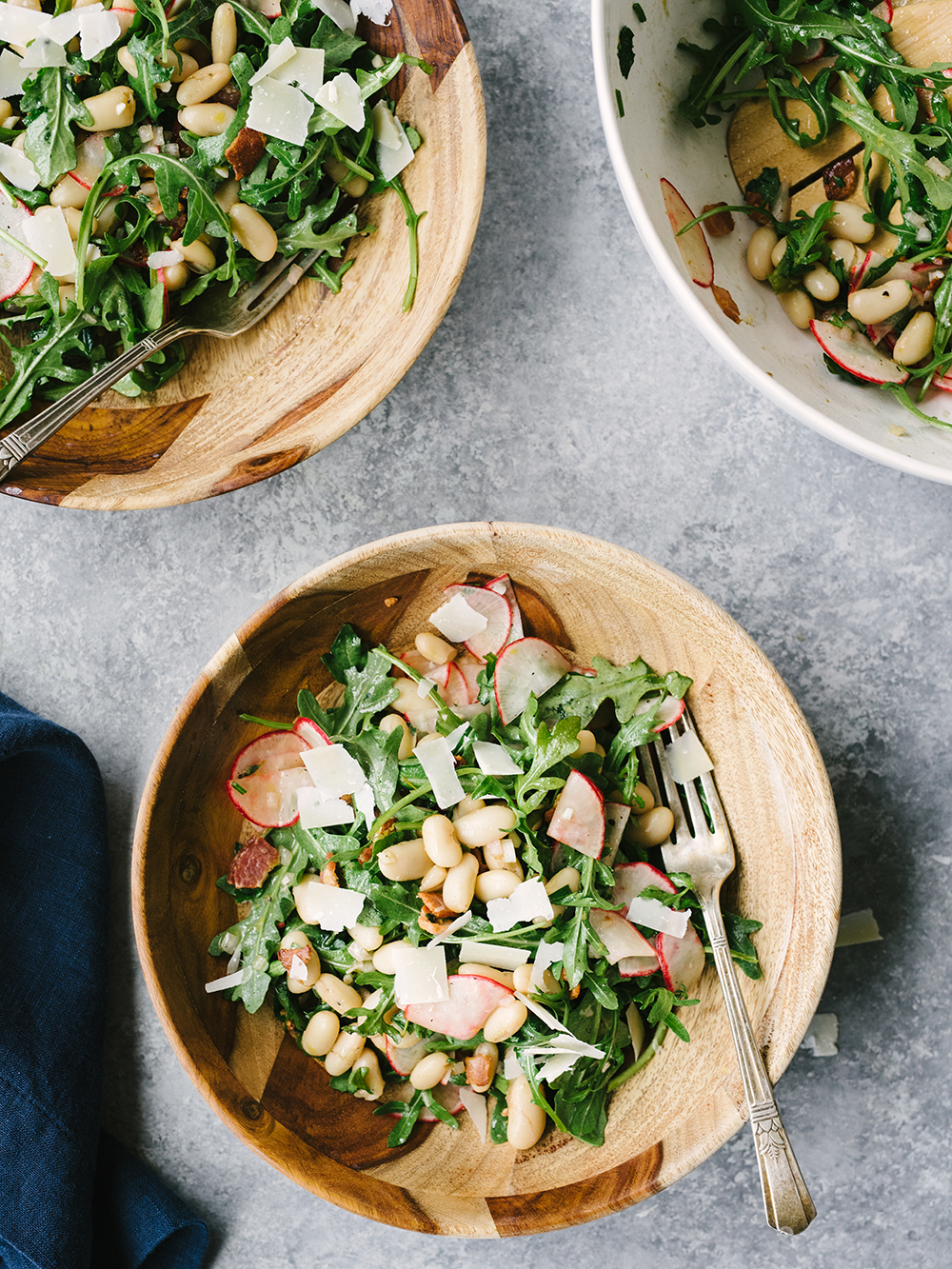The 6 Warning Signs You're Not Getting Enough Protein

One thing is certain: We all need protein for our bodies to function. And it's important to incorporate high-protein foods into our diets. Proteins are compounds made of the elements carbon, hydrogen, oxygen, and nitrogen, according to Culina Health dietitian Amanda Holtzer, MS, RD. These elements are arranged as strands of amino acids to create proteins. "They are abundant throughout the human body and contribute to many essential functions including muscle growth and repair, bone growth and repair, hormone production, and metabolic function," Holtzer explains. "There are about 20 different amino acids that can link together in different arrangements that each serve different functions in the body. Out of those 20 amino acids, there are 11 that our bodies can create themselves—these are known as the non-essential amino acids. As for the other nine, our bodies cannot produce them. Therefore, we must get them from food. These are known as the essential amino acids."
They're also an essential macronutrient in food that's present in both plant and animal foods in different forms and quantities. Because the proteins in our bodies are constantly being used for those essential functions mentioned above, the body always needs to repair and replace them, which is a process called protein synthesis. "The process of protein synthesis requires a constant supply of amino acids in order to build those new proteins—that's where dietary protein comes in," Holtzer says. "When we consume protein, we break them down into single amino acids. These are then used as building blocks to create more proteins that the body needs (aka protein synthesis)."

When it comes to how much protein we need to consume daily, the Recommended Dietary Allowance (RDA) is about 0.8 grams of protein per kilogram of body weight. But Holtzer adds that the RDA is the amount of a specific nutrient that a person would need at minimum to meet their basic nutritional needs and for their body to function properly, so the number can also vary depending on other factors.
One of those factors is physical activity. Holtzer says if you want to meet the protein demands of muscle growth and increase physical strength, higher protein intake is recommended. Here's an example of what you'll need:
In a person who conducts minimal physical activity, 1.0 grams of protein per kilogram body weight is recommended.
In a person who conducts moderate physical activity, 1.3 grams of protein per kilogram body weight is recommended.
In a person who conducts intense physical activity, 1.6 grams of protein per kilogram body weight is recommended.
And while you need to ensure you're getting enough protein, there can be situations where you're actually getting too much of it. When you eat too much protein, it can place a lot of stress and strain on the kidneys. "When we eat protein, the kidneys work to filter out urea and nitrogenous waste products so that they don't enter the blood," Holtzer says. "If we eat too much protein, however, the kidneys may not be able to keep up, and some of those toxins may be released into the bloodstream."

So how do you know if you're getting enough protein? You might experience some symptoms, which Holtzer has outlined below:
Muscle loss: One scenario is you might be strength training, but you're losing muscle. "When we exercise and strength train, we are actually breaking our muscle cells down," Holtzer says. "The way they repair and rebuild is with food and rest. If you're not eating adequate protein, that regrowth and repair will be stunted."
Slow or stunted growth in children: "Protein is always an essential macronutrient but is even more essential during times of illness, stress, and growth," Holtzer says. "Childhood is a time of growth. When a child is not getting adequate protein, they may experience a stunted growth rate."
Edema: This is a buildup or retention of fluid in the body. It typically occurs in the lower half of your body such as your legs, ankles, and feet.
Anemia: "Low protein intake can lead to decreased metabolic rate, which can then lead to a decreased production of erythropoietin, aka the hormone that stimulates production of red blood cells," Holtzer says.
Slower recovery from injuries: "Protein demands are even higher during times of stress and injury," Holtzer explains. "Inadequate protein intake may lead to a longer healing process from injuries."
Thinning hair, brittle nails, and dry skin: "These are all made up of different proteins, including collagen and elastin. A diet deficient in protein may manifest in these types of symptoms," she says.
Want to find out how to up your protein intake or find new foods to eat to satisfy the RDA? Take a look at some common high-protein foods below.
1. Salmon

"Salmon is an excellent source of protein," Holtzer says. "A 4-ounce salmon filet has about 25 grams of protein. Further, salmon is super high in omega-3 fatty acids, making it a super satiating protein source and one that has numerous benefits on cardiovascular health and brain health."
2. Chicken

Holtzer says this is a lean protein option. A standard 6-ounce chicken breast contains 32 grams of protein and 3.7 grams of fat.
3. Ground Turkey

"Ground turkey is another super-lean source of protein," Holtzer adds. "A 3-ounce serving contains about 23 grams of protein and 8 grams of fat. If you're looking to reduce your intake of red meats, ground turkey is a great substitute to use for things like burgers, meatballs, bolognese, and taco bowls."
4. Tofu

"Tofu is an excellent plant-based protein source. A 4-ounce serving contains about 12 grams of protein. This makes the perfect addition to stir fry and grain bowls," Holtzer says.
5. Edamame

This is another great plant-based option—one cup of prepared edamame contains about 18 grams of protein. Holtzer says it's great as a meal addition or snack.
6. Cottage Cheese

"Cottage cheese gets a bad rap, but it's an excellent source of protein," Holtzer explains. One cup of cottage cheese contains about 28 grams of protein. It's super versatile—you can add it to toast, smoothies, or sauces. Pro tip: If the texture freaks you out, blend it! It comes out nice and smooth!"
7. Greek Yogurt

"Greek yogurt is this dietitian's go-to breakfast," Holtzer says. "Packed with protein, one 7-ounce container of plain Greek yogurt contains about 20 grams of protein. Pro tip: Add berries for extra fiber and some nuts for crunch and healthy fats to create a balanced and satiating breakfast!"
8. Beans and Legumes

According to the Cleveland Clinic, beans and legumes are an excellent source of protein and fiber. And because they're rich in fiber, they can keep you fuller for longer. 1/2 cup of cooked beans contains 7 grams of protein.
9. Eggs

Eggs are low-carb, low-calorie, and a high source of protein, according to the Cleveland Clinic. One egg provides 6 to 8 grams of protein and 70 calories. They also contain other nutrients like vitamin D, omega-3 fatty acids, B vitamins, and choline.
Next, Avoid These 6 Foods—They'll Wreck Your Gut Health
This article is provided for informational purposes only and is not intended to be used in the place of advice of your physician or other medical professionals. You should always consult with your doctor or healthcare provider first with any health-related questions.
Sarah is lifestyle writer and editor with over 10 years of experience covering health and wellness, interior design, food, beauty, and tech. Born and raised in Los Angeles, she attended New York University and lived in New York for 12 years before returning to L.A. in 2019. In addition to her work at Who What Wear, she held editor roles at Apartment Therapy, Real Simple, House Beautiful, Elle Decor, and The Bump (sister site of The Knot). She has a passion for health and wellness, but she especially loves writing about mental health. Her self-care routine consists of five things: a good workout, “me” time on the regular, an intriguing book/podcast/playlist to unwind after a long day, naps, and decorating her home.









